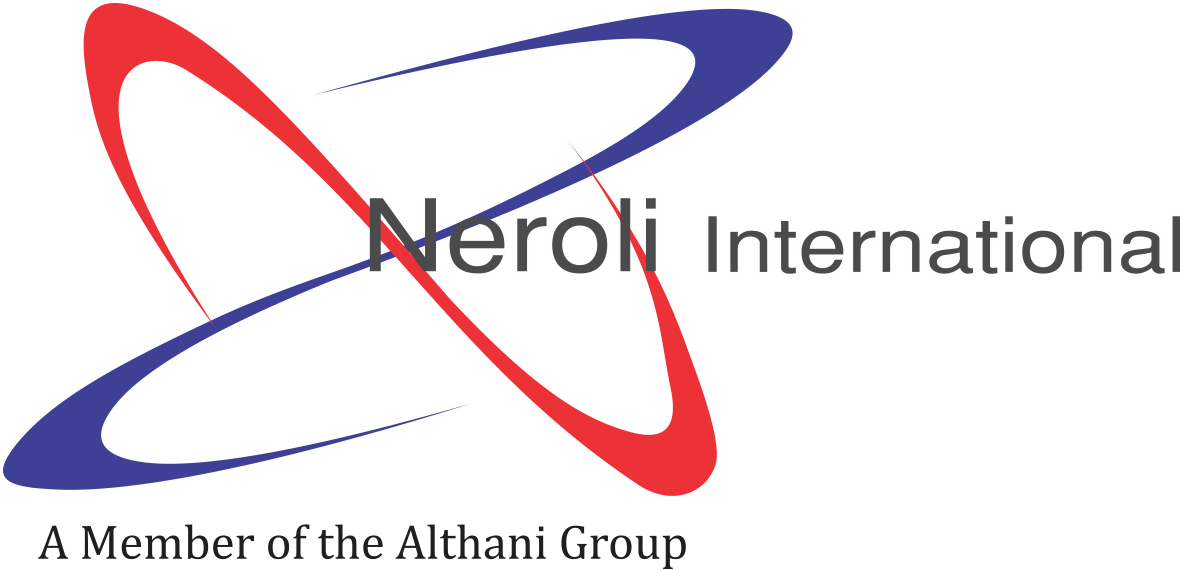
CHAD
Capital: N’Djamena
Population: ~17.9 million (2022 estimate)
Official Language: French
Currency: Central African CFA franc (XAF)
Major Mineral Resources: Uranium, Gold, Crude Oil, Sodium Carbonate, Iron Ore, Limestone, Gypsum
Key Export Sectors: Uranium, Petroleum, Gold, Livestock, Agricultural Products
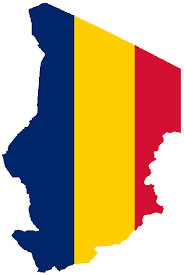

Gold
Overview: Chad has small-scale gold mining operations, mainly in the southwestern and northern regions of the country. Most gold production is artisanal, but there are believed to be substantial untapped reserves.
Export Potential: While gold exports remain relatively small in scale, Chad's potential as a gold producer could grow with the introduction of modern mining techniques and investments. The government has begun encouraging foreign investors to explore larger gold deposits.
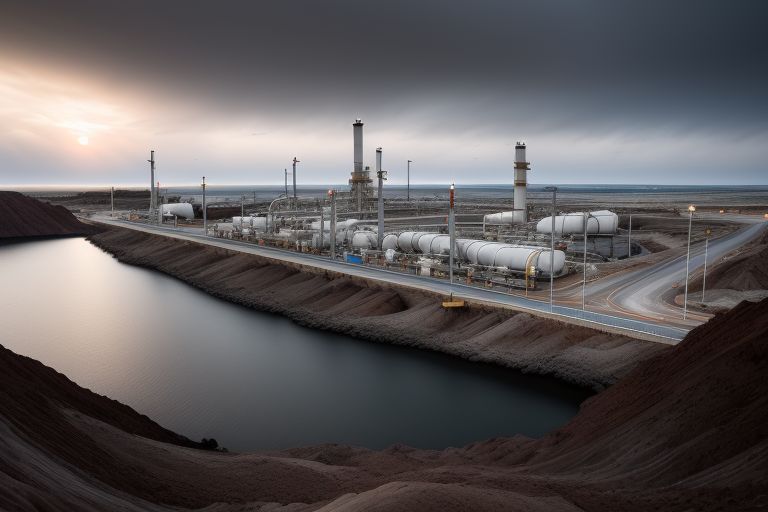
Crude Oil
Overview: Chad’s most significant resource is crude oil, which has been the backbone of its economy since production began in 2003. Oil production is concentrated in the southern regions of Doba and Bongor Basins.
Export Potential: Crude oil is the largest export of Chad, contributing a substantial portion of the country’s GDP. The oil is primarily exported through the Chad-Cameroon pipeline, which stretches over 1,000 kilometers from the oil fields to the Atlantic coast.
Challenges: Volatility in global oil prices, limited infrastructure, and political instability have impacted production and export growth.

Uranium
Overview: Chad is believed to have large deposits of uranium, particularly in the northern regions near the border with Niger. Uranium exploration has been limited, but there is significant potential for development as the global demand for nuclear energy increases.
Export Potential: Uranium, once developed, could become a major export for Chad. However, the development of uranium mines requires significant investment, technology transfer, and infrastructure improvements.
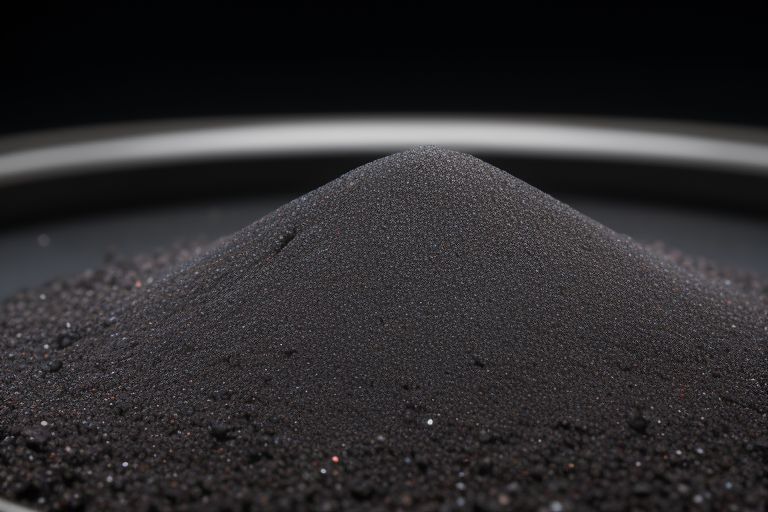
Sodium Bicarbonate (Natron)
Overview: Chad has vast deposits of sodium carbonate, known locally as "natron," which is extracted primarily from Lake Chad and other saline lakes. Natron is traditionally used in domestic industries, such as soap production and food preservation.
Export Potential: Although not a major export commodity, natron has local economic significance and potential for industrial-scale extraction, possibly contributing to export diversification.
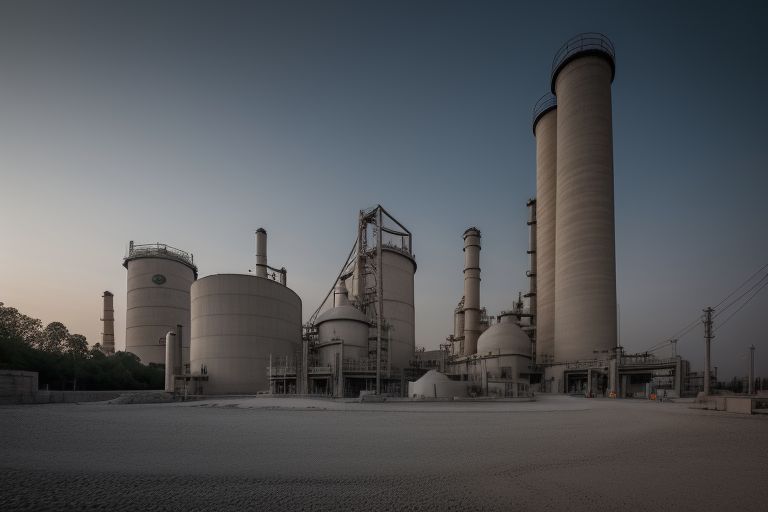
Iron Ore, Phosphates, and Other Minerals
Overview: Chad has significant limestone deposits, particularly in the Mayo-Kebbi region. These are essential for the cement industry, which is growing as the country continues to develop its infrastructure.
Export Potential: The cement industry could become a key sector for domestic use and potential exports to neighboring countries, as Chad looks to develop its manufacturing sector.
Overview of Mineral Resources:
Chad has a wealth of untapped natural resources, particularly in the form of mineral deposits and hydrocarbons, which present significant potential for economic development. The country’s mineral resources are primarily under-explored due to infrastructure limitations, political instability, and a lack of investment. However, the government is actively encouraging foreign investment in mining and resource extraction to diversify the economy beyond its reliance on agriculture and oil.
Chad’s government has taken steps to attract foreign direct investment (FDI) in the mining sector. New mining codes and regulations have been introduced to create a more favorable investment environment, including incentives such as tax holidays, reduced royalties, and guarantees on repatriation of profits. The government is also working with international partners to enhance geological surveys and data availability to investors.

